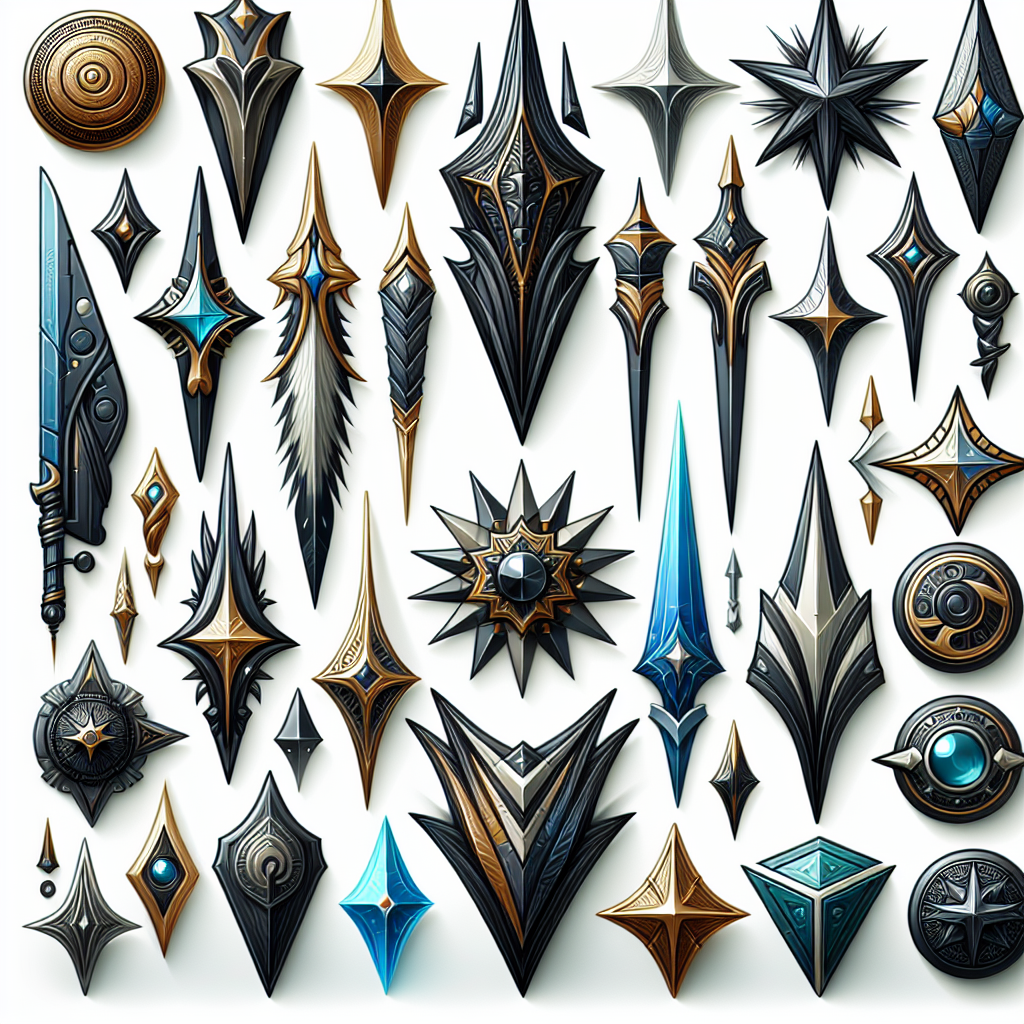
In the world of typography and design, the term "points tebal" might not be immediately familiar to everyone. However, it plays a crucial role in the aesthetics and functionality of written communication. This article delves into the concept of points tebal, exploring its significance, applications, and impact on various fields. By the end of this guide, you'll have a thorough understanding of what points tebal is and why it matters.
What is Points Tebal?
Points tebal, often referred to as "bold points" in English, is a typographical term used to describe the thickness or weight of a font. It is a key element in typography that affects how text is perceived and read. The term "tebal" is derived from the Indonesian language, meaning "thick" or "bold," which accurately describes the visual impact of this typographical feature.
The Importance of Points Tebal in Typography
Typography is more than just choosing a font; it's about creating a visual hierarchy and ensuring readability. Points tebal plays a significant role in achieving these goals. Here are some reasons why points tebal is important:
- Emphasis and Hierarchy: Bold text is often used to emphasize important information or create a visual hierarchy in a document. It helps guide the reader's eye to key points.
- Readability: In certain contexts, such as digital screens or low-light environments, bold text can enhance readability by providing a stronger contrast against the background.
- Brand Identity: Many brands use bold typography as part of their identity. It can convey strength, confidence, and modernity.
Applications of Points Tebal
Points tebal is utilized across various fields and mediums. Let's explore some of its applications:
1. Graphic Design
In graphic design, points tebal is a powerful tool for creating visually appealing layouts. Designers use bold fonts to draw attention to headlines, call-to-action buttons, and other critical elements. For instance, a poster for a music concert might use bold typography to highlight the name of the band and the date of the event.
2. Web Design
On the web, points tebal is essential for enhancing user experience. Websites often use bold text for navigation menus, headings, and important announcements. This not only improves readability but also helps users quickly find the information they need.
3. Print Media
In print media, such as newspapers and magazines, points tebal is used to create a visual hierarchy. Headlines and subheadings are typically bolded to distinguish them from the body text. This makes it easier for readers to scan articles and locate specific sections of interest.
Case Studies: The Impact of Points Tebal
To better understand the impact of points tebal, let's examine a few case studies:
Case Study 1: The New York Times
The New York Times, a leading newspaper, uses points tebal strategically in its print and digital editions. Headlines are bolded to capture readers' attention, while subheadings and bylines are also emphasized to provide a clear structure. This approach has contributed to the newspaper's reputation for delivering well-organized and easily digestible content.
Case Study 2: Apple Inc.
Apple Inc., known for its sleek and minimalist design, uses points tebal in its marketing materials and product interfaces. The bold typography aligns with Apple's brand identity, conveying a sense of innovation and sophistication. This consistency in design has helped Apple maintain a strong brand presence worldwide.
Statistics on Points Tebal Usage
To further illustrate the significance of points tebal, let's look at some statistics:
- A study by the Nielsen Norman Group found that bold text improves readability by 20% on digital screens.
- According to a survey by Adobe, 45% of consumers consider bold typography as a key factor in brand recognition.
- Research by the University of Reading revealed that bold fonts increase reading speed by 15% in low-light conditions.
Challenges and Considerations
While points tebal offers numerous benefits, it also presents certain challenges and considerations:
- Overuse: Excessive use of bold text can lead to visual clutter and diminish its impact. It's essential to use points tebal judiciously to maintain a clean and professional appearance.
- Accessibility: Designers must ensure that bold text is accessible to all users, including those with visual impairments. This may involve using appropriate color contrasts and font sizes.
- Consistency: Maintaining consistency in the use of points tebal across different platforms and materials is crucial for brand identity and user experience.
Conclusion: The Power of Points Tebal
In conclusion, points tebal is a vital element in typography that significantly impacts readability, emphasis, and brand identity. Its applications span across graphic design, web design, and print media, making it an indispensable tool for designers and communicators. By understanding the importance of points tebal and using it effectively, individuals and organizations can enhance their visual communication and leave a lasting impression on their audience.
As we continue to navigate an increasingly digital world, the role of typography, including points tebal, will only grow in importance. By staying informed and adapting to evolving design trends, we can harness the power of bold typography to create compelling and impactful content.





